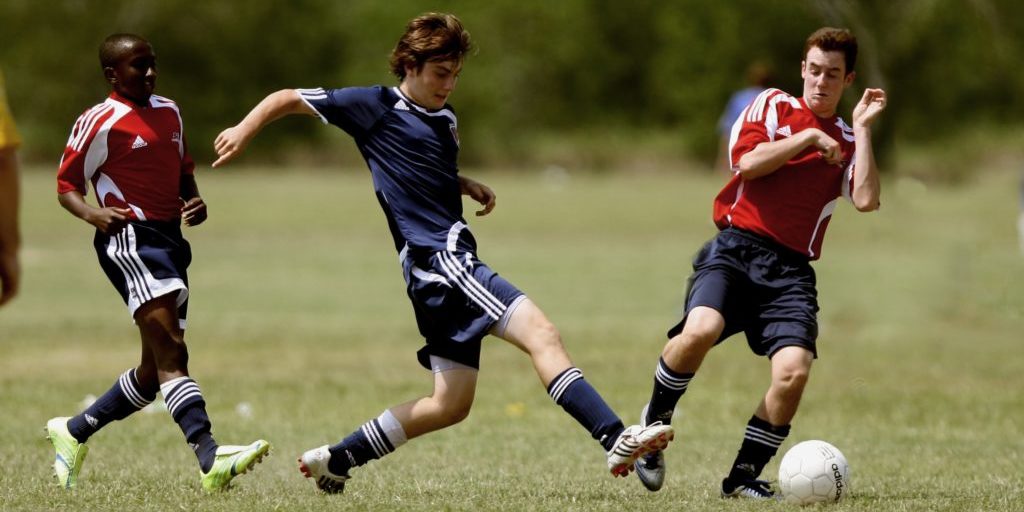Over the years in my practice, this has become a familiar question—many patients come to my clinic wondering about their options for anterior cruciate ligament (ACL) surgery. These patients range from someone who tripped and fell to recreational athletes who sustained an ACL tear skiing, to the amateur/professional athletes who sustained an ACL tear competing in high-level, pivot-heavy sports. My first response to my patients is that there is no one-size-fits-all approach to ACL surgery. I begin by explaining the difference between an ACL repair (where the ligament is sewn back to its origin) versus an ACL reconstruction (where a new ligament is constructed for them). We discuss that every case is unique and that there a multiple factors that go into determining the right type of surgical or non-surgical solution for their ACL injury, including:
- Location and type of tear:
Most ACL tears occur in the middle or mid-substance of the ACL, and can be partial, meaning part of the ligament is torn, or complete, where the ligaments is torn in half. Less frequently we see an avulsion type ACL injury, where the ACL “peels off” from its attachment to the bone. These injuries are all ACL tears, but the treatments are not all the same.
- Chronicity of the tear:
We want to know if this is a recent ACL injury, or if the ACL injury occurred months to years ago, as this affects healing patterns.
- Age & activity level:
The age, activity level, and future expectations of the patient are each critical factors in determining the right approach to ACL surgery. Is the patient low demand, meaning they want to get back to bike riding or yoga or are they high demand college athlete competing in cutting and pivoting sports.
- Surgical history:
I am looking to determine what prior knee surgery the patient has had on the injured knee, as well as the other knee and joints.
- Imaging results:
These results help us see if there is a fracture or break in the bone where the ACL attaches, a tear in the meniscus (shock absorber), damage to the cartilage (smooth glossy coating over the bones) and damage to other ligaments. These factors also affect the type of treatment that may be needed. - Physical exam results
This includes an evaluation in the office where we assess areas of pain and other stabilizing ligaments in your knee to see how stable your knee is. We also examine the anatomy of your knee to ensure proper alignment and mobility of your hips, knees and ankle joints.
These are just some of the factors that go into making the appropriate treatment choice to heal your ACL injury. While your friend, colleague or teammate may have had a different approach and experience with their ACL injury treatment, it doesn’t mean yours will be the same. Having a detailed discussion with your doctor about your options and coming up with a plan that works best for you is ultimately the most important factor.






